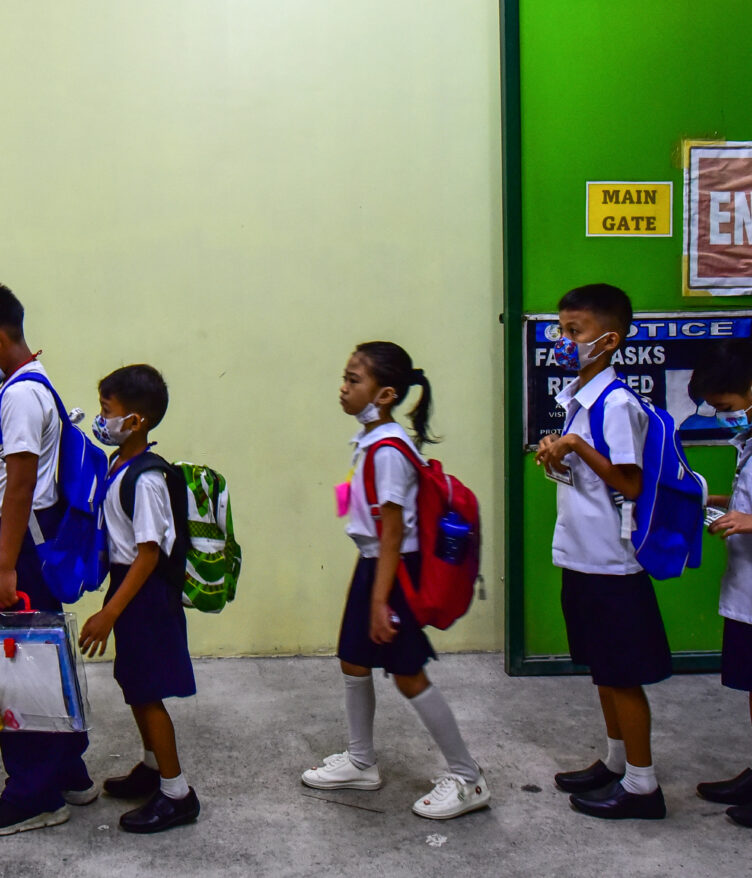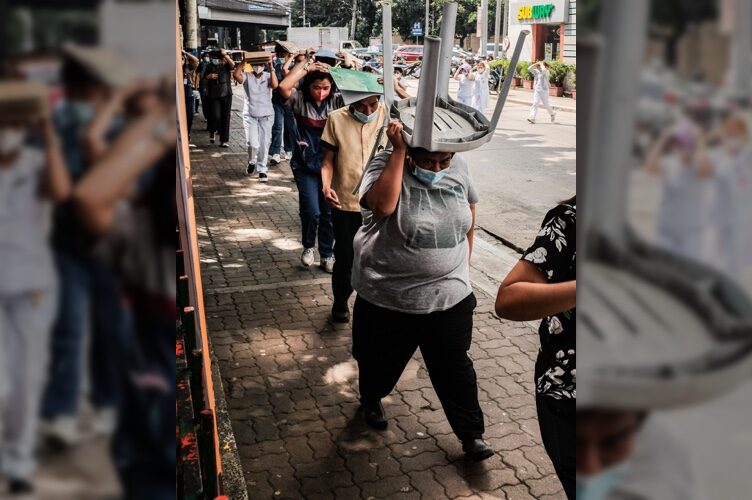THE Philippine Atmospheric, Geophysical, and Astronomical Services Administration (PAGASA) issued a La Niña advisory on Friday, advising Filipinos to prepare for a wet season ahead of the year.
“Most climate models combined with expert judgements suggest 70% chance of La Niña forming in August-September-October (ASO) 2024 season and is likely to persist until the first quarter of 2025,” says PAGASA.

Photo: republicasia
“With this development, the DOST-PAGASA ENSO Alert and Warning System is now raised to La Niña Alert. Meanwhile, ENSO-neutral conditions are still present in the tropical Pacific.”
Furthermore, PAGASA noted that this was based on climate monitoring and analysis that revealed “further cooling of sea temperatures” in the central and eastern Pacific Ocean.
What is expected this year?
The state weather bureau defines La Niña as cooler-than-average sea surface temperatures in the central and eastern equatorial Pacific Ocean.
“The country may experience a higher chance of increased convective activity and tropical cyclone occurrence which may bring above normal rainfall over some parts of the country in the coming months,” stated PAGASA.
“Potential adverse impacts may include floods and landslides over vulnerable areas, with varying magnitude.”

Photo: republicasia
PAGASA predicted a delayed commencement of La Niña, with a 55% likelihood of occurring in the last quarter of the year (October-December), as announced last week.
Furthermore, the state weather bureau reported that El Niño ended in June. The 2023-2024 El Niño caused severe droughts in the Philippines, resulting in agricultural losses of billions of pesos.
As the counterpart of El Niño, La Niña is projected to have similar severity. Filipinos are encouraged to begin preparing gradually in order to be ready once the phenomena begins.
How can Filipinos prepare for La Niña?
Preparing for a weather event necessitates proactive efforts to reduce potential dangers. Protect your home during La Niña, as severe rainfall and flooding are more likely.
Clearing debris from drainage systems, gutters, and rivers would be beneficial in preventing blockages.
Filipinos can begin stockpiling vital supplies such as food, water, medications, and emergency kits immediately. In the event of isolation or service outage, ensure that you have adequate supplies to last at least several days.
Meanwhile, PAGASA pledges that their office will continue to closely monitor any notable changes in this climate phenomenon, raising awareness among all Filipino citizens.
How useful was this post?
Click on a star to rate it!
Average rating 0 / 5. Vote count: 0
No votes so far! Be the first to rate this post.
We are sorry that this post was not useful for you!
Let us improve this post!
Tell us how we can improve this post?









